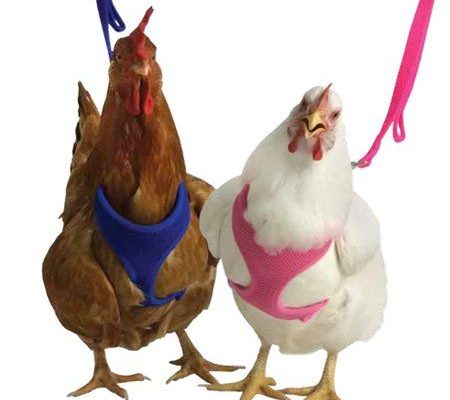3 Ways to Talk to Your Chickens

Chickens may not be the first animals that come to mind when you think about pets and communication, but they are just as capable of building a connection with their human caregivers as any other animal. Talking to your chickens is a great way to bond with them, as well as a chance to better understand their behaviors and needs. In this article, we’re exploring three ways to effectively talk to your chickens and build a strong relationship with your feathered friends.
1. Mimic Their Vocalizations
Chickens use a range of vocalizations to communicate with each other and their environment. As their caregiver, you can try mimicking these sounds, familiarizing yourself with their meanings, and using them in appropriate contexts. For example, clucking softly is a reassuring sound that means “all is well.” Mimicking this sound when you approach your chickens can help put them at ease and signal that you’re friendly.
Another common sound chickens make is the “food call,” which typically consists of short, rhythmic clucks. You can use this sound while feeding your chickens or offering treats. This helps them associate the sound with food, thus forming a positive connection with you.
2. Use Gentle Tone and Pacing
The tone of voice and pacing we use when speaking to our pets are crucial in building connections with them. Chickens, though different from dogs or cats, are no exception. Using a gentle tone when talking to your chickens communicates friendliness and creates an overall calm atmosphere.
Speak slowly, rhythmically, and maintain a steady pace when you talk to them. This helps to replicate the natural flow of their own vocalizations. Avoid using loud or sudden noises – these may startle or stress your chickens.
3. Associate Words with Actions
Consistency in language and action is another essential factor in communicating with your pets. When using particular words or phrases, try to consistently pair them with specific actions or situations. Over time, your chickens will learn to associate the words with the actions and respond accordingly.
For example, if you consistently say “treat time” while offering treats, your chickens will eventually come to recognize the phrase as an indication of food being offered. Similarly, using a specific phrase like “bedtime” when guiding them back to their coop can help your chickens understand that it’s time to settle down for the night.
Building a trusting relationship with your chickens is already an immensely rewarding experience. Using these communication techniques, you can deepen that bond and create a better understanding of your feathered friends’ needs and personalities. So go ahead – talk to your chickens, listen to what they have to say, and enjoy the newfound connection with your plucky pals.






